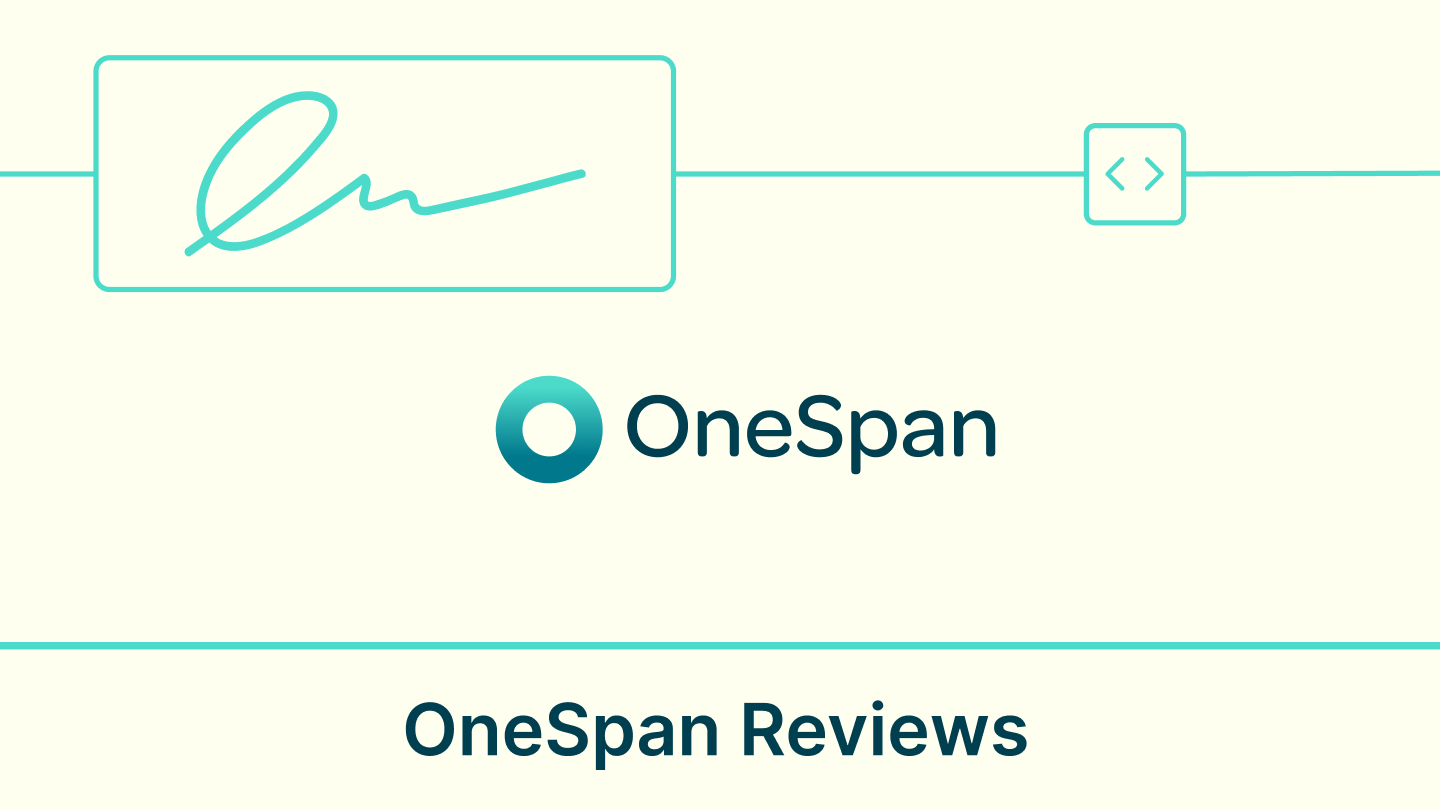Sales forecasting is an essential part of every sales leader’s job. As you present your estimates, it’s important to answer two crucial questions: How much will we sell, and over what period of time?
Some say sales forecasting is both an art and a science, and there are many techniques you can use to predict revenue for your business. But if the pandemic has taught us anything, it’s that game-changing events can come out of seemingly nowhere and completely upend your revenue projections.
Both business and consumer confidence can flip in an instant when an economic crisis, natural disaster, or indeed a pandemic takes hold. These types of events can dramatically affect your sales forecasts and hamper revenue growth.
In times like these, it’s okay to focus instead on empathy and building relationships with your clients and team.
Remember, your sales reps and team leaders need to be empowered to maintain their customer relationships as much as possible; when the storm passes, you will need to learn about these strong relationships as you grow and recover.
Your forecast may not be as you anticipated in these scenarios, but it’s still important. Your sales forecast is a critical resource to plan for the months and years ahead, so your team can understand:
- How’s our pipeline looking today?
- What are the best-case and worst-case scenarios?
- How has the sales forecast changed from a week or a month ago?
- When are recurring payments from existing customers set to renew?
This is all part of a risk management approach called Negative Forecasting, which allows you to assess the current risks to your business.
What goes into a sales forecast?
Accurate and complete data is an extremely important requirement for a robust sales forecast. If you’re starting out as a new business, you may not have sales data of your own, but you can instead look at industry trends and make educated estimations.
In addition to outlining your current pipeline and setting some goals/benchmarks, your sales forecast will typically take into account conversion rates from initial conversations to closed deals.
Here are some possible limitations to your sales forecasts:
- Forecasts based on single-point estimates and metrics, like a sales target
- Sensitivity analyses focused on single variables like seasonality
- Inadequate application of formal stress testing approaches
- Limited integration between strategic planning, financial forecasting and budgeting
What are the benefits of sales forecasting?
Improved Decision-Making: Sales forecasting plays a critical role in enhancing decision-making across multiple facets of a business. Through analysis of historical data, market trends, and customer behavior, businesses can gain valuable insights into future sales performance. This information empowers informed decision-making in areas such as identifying target markets, allocating resources across different marketing channels, and determining effective promotional activities. Furthermore, sales forecasting facilitates optimal resource allocation by guiding decisions related to staffing, production capacity, and investments in sales and marketing initiatives. It also assists in identifying growth opportunities, such as venturing into new markets or introducing new products or services, based on projected sales trends.
Effective Budgeting and Planning: Accurate sales forecasts provide a robust foundation for budgeting and planning endeavors within a business. By obtaining a clear understanding of projected sales volumes and revenues, businesses can allocate resources effectively and establish realistic targets for sales, expenses, and profitability. This enables improved financial planning encompassing areas such as cash flow management, cost control, and investment decision-making. Sales forecasts also contribute to determining pricing strategies, identifying revenue drivers, and evaluating the financial viability of new ventures or expansions.
Inventory Management: Sales forecasting serves as a valuable tool for optimizing inventory levels. By predicting future demand patterns, businesses can maintain adequate stock levels to meet customer needs without falling into the pitfalls of excess inventory or stockouts. This approach avoids the drawbacks of overstocking, such as tied-up capital and storage costs, while simultaneously mitigating the risks associated with stockouts, which result in lost sales and customer dissatisfaction. Accurate sales forecasts empower businesses to plan production and procurement activities more efficiently, thereby reducing lead times and minimizing inventory holding costs.
Sales Team Performance Evaluation: Sales forecasting acts as a benchmark for evaluating the performance of the sales team. By comparing actual sales performance to forecasts, businesses can assess the effectiveness of their sales strategies, identify areas for improvement, and implement necessary corrective actions. It aids in recognizing top-performing sales representatives and gaining insight into the factors contributing to their success. In the event of actual sales falling short of forecasts, businesses can analyze the underlying reasons, such as market conditions, competitive factors, or internal challenges, and make appropriate adjustments to enhance sales performance. Sales forecasting also facilitates the establishment of realistic sales targets and the design of incentive programs that motivate the sales team to achieve attainable goals.
How to conduct a negative sales forecast
Negative sales forecasting addresses the current risks to your business and how to mitigate them. Some of the most common techniques for assessing these issues include:
- Migrating from single-point forecasting and single-input sensitivity to multi-factor perspectives
- Adopting the use of quantitative distributions and aggregation of individual volatilities to evaluate ranges of possible outcomes
- Shocking the financial and sales forecasts with major risk drivers to get a cash flow or earning distribution for each type and period
- Enabling the cash flow cycle to be shortened so you can get ahead of payments owed to your business and reduce your exposure
Very simply, this means having multiple forecasts and models that assess different variables and provide the opportunity to create an advanced plan in case of stress or crisis events.
What are the benefits of negative sakes forecasting
- Risk Management: Negative sales forecasting plays a vital role in effective risk management. By anticipating potential downturns or challenging market conditions, businesses can proactively devise strategies to mitigate the impact of unexpected sales declines. This enables companies to develop contingency plans, adapt operational processes, and allocate resources more efficiently. By being aware of potential risks in advance, businesses can minimize negative consequences and maintain stability during uncertain times. Negative sales forecasting acts as an early warning system, empowering companies to take proactive measures to safeguard their financial health and reduce vulnerability to market fluctuations.
- Cost Control: The ability to anticipate lower sales through negative sales forecasting empowers businesses to exercise better cost control. By understanding the potential decrease in revenue, companies can adjust their cost structure accordingly. This involves analyzing and managing fixed and variable costs, such as reducing discretionary spending, optimizing inventory levels, renegotiating supplier contracts, and reviewing operational expenses. Additionally, negative sales forecasting prompts businesses to reevaluate production levels and align them with projected demand, minimizing waste and avoiding overproduction. Proactive cost control measures help companies maintain profitability even during periods of lower sales, enhancing overall financial stability.
- Strategic Decision-Making: Negative sales forecasting prompts businesses to explore new strategies and seize opportunities. When faced with the possibility of lower sales, companies are motivated to seek innovative solutions to mitigate potential revenue losses. This may involve implementing cost reduction initiatives, streamlining operations, or finding ways to increase efficiency. Negative sales forecasting also drives businesses to consider product diversification or expansion into new markets to offset the anticipated decline. By embracing strategic decision-making in response to negative sales forecasts, companies can position themselves for long-term growth and sustainability.
- Flexibility and Agility: Negative sales forecasting encourages businesses to be flexible and agile in their operations. In a rapidly changing market, adaptability is crucial for survival and success. By acknowledging the potential for lower sales, companies become more responsive to market dynamics and customer demands. They can swiftly adjust their strategies, offerings, and processes to meet evolving needs. This adaptability allows businesses to stay ahead of the competition, identify emerging trends, and capitalize on new opportunities. By proactively utilizing negative sales forecasting, companies can make timely adjustments, maintain profitability, and secure their position in the market.
Key takeaways
Sales forecasting always needs to take external risk factors into account – even those that seem unlikely or extreme. You never know! To paint a highly comprehensive and diverse picture of the risks ahead, you should also implement different types of modeling.
If you want to reduce your risk exposure and maintain your cash flow, you’ll need an airtight sales process. Download our handy sales contract template to help your sales team close deals faster than ever and reduce their admin time!











